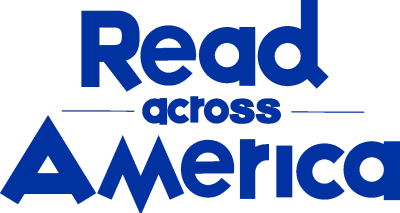Share this book
Take advantage of the drama in Well, That Was Unexpected and improve student engagement and communication skills when students mount a Reader’s Theater production of this romantic comedy. Using this strategy, you’ll get students reading, writing, and putting on a show–albeit one without props, costumes, or sets.
Assign scenes from Well, That Was Unexpected to small groups of students and have them create a script. In addition to choosing what to excerpt, and identifying and adapting speaking parts, students will need to script a narrator to describe the setting and action and provide transitions between scenes. Ask all students to use the same script format to make the entire script easy for readers to follow. When student groups have their draft scripts, have them exchange with each other to read the script over, editing it as necessary.
Once the script is finalized, ask for volunteers or assign roles. Switch up readers for different scenes so everyone gets a chance to perform. While there’s no memorization of lines and readers can perform by reading from their script from their desks or the front of the classroom, readers should be ready to read with plenty of expression. Make sure every student has a copy of the script to follow along during the performance. Have students record performed scenes and use the footage to make a video book trailer.
Questions for Discussion or Reflective Writing
- What is Sharlot’s relationship with her mother like? How does it change over the course of the book? How does Sharlot change?
- What is George’s relationship with his father like? How does it change over the course of the book? How is it similar or different to Sharlot’s relationship with her mother?
- How would you react if your parent or someone in your life set up an online dating profile for you? What did you make of George and Sharlot’s reaction to their parents’ catfishing?
- What do George and Sharlot have in common? Was their connection as a couple believable? How did “fake dating” affect the development of their relationship?
- Why does it take Sharlot so long to accept the fact that she’s spending the summer in Indonesia? How does Sharlot adjust to cultural differences between her life in Los Angeles and her life in Indonesia? How did learning about her family and her roots help Sharlot learn more about herself?
- Do you think that the romance between Sharlot and Geoge would have developed if this story had taken place in Los Angeles? Why or why not?
Related Resources
Readers Theater Education Resource Guide from the National Children’s Book and Literacy Alliance
Jesse Q Sutanto in conversation about her latest YA rom-com and exploring her Chinese-Indonesian heritage from The Bookseller
More Titles to Try
Stay on top of current education news



